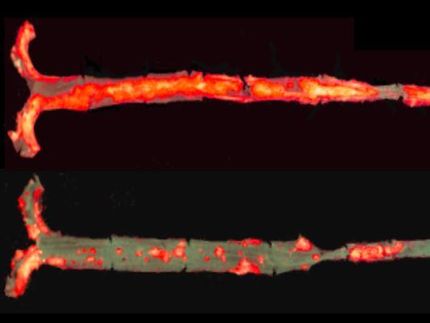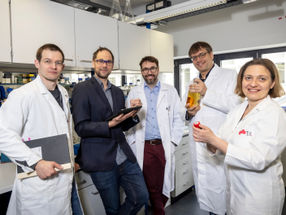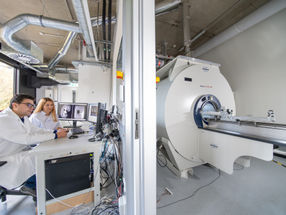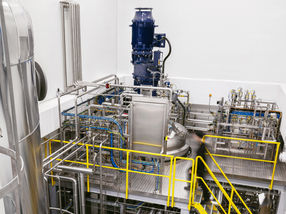New target for medicine to combat Alzheimer’s: VIB scientists confirm protein’s key role
VIB scientists connected to the Center for Human Heredity (K.U.Leuven) have demonstrated that a particular protein is extremely well suited to be a target for a new medicine against Alzheimer’s disease. Their research findings are being published in Science. The research has been conducted in collaboration with Galapagos. At present, there is no effective remedy for Alzheimer’s.
The brains of Alzheimer’s patients typically show the presence of amyloid plaques, which are abnormal accumulations of a protein (beta-amyloid) between the neurons. The sticky beta-amyloid develops when the precursor protein (amyloid precursor protein or APP) is cut into pieces incorrectly.
Several years ago, Bart De Strooper and other researchers elucidated the way in which these plaques originate and discovered that secretases play a large role in this process. Now, under the direction of Bart De Strooper, and in collaboration with researchers from the biotech company Galapagos, Amantha Thathiah and her colleagues have investigated whether additional substances are also involved in the development of the plaques. Which is apparently the case: Galapagos has identified the GPR3 protein as a new player. The VIB researchers have been able to show - in vitro as well as in vivo - that blocking GPR3 leads to reduction of the plaques. Importance of this research The GPR3 protein is an important target molecule for the eventual development of a new medicine against Alzheimer’s disease. The majority of all of the medicines that are available in pharmacies - regardless of the disease that they work against- act on proteins of a specific type. GPR3 is one of these - which, at this time, cannot be said for any other protein implicated in Alzheimer’s.
Further research and development of this medicine will be carried out by Galapagos.
Most read news
Organizations
Other news from the department science

Get the life science industry in your inbox
From now on, don't miss a thing: Our newsletter for biotechnology, pharma and life sciences brings you up to date every Tuesday and Thursday. The latest industry news, product highlights and innovations - compact and easy to understand in your inbox. Researched by us so you don't have to.





















































